First day
Hiroshima→Shimane
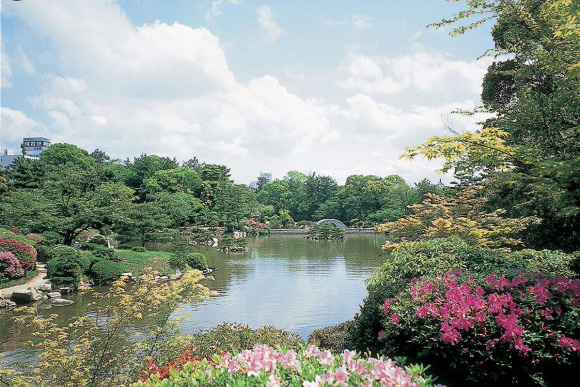
Shukkeien garden
It wan landscaped for the lord after the West Lake in Hangzhou of China. You can enjoy its beautiful scenery with rich nature.
©広島県
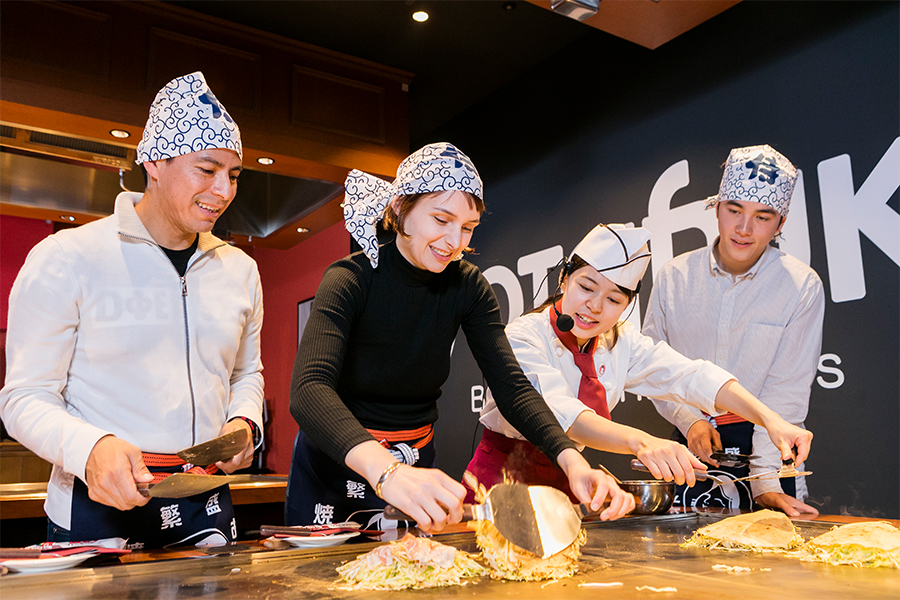
Okonomiyaki (Japanese pan cake – Hiroshima style) making
You can try Okonomiyaki making on a big and thick iron plate.
©OKOSTA
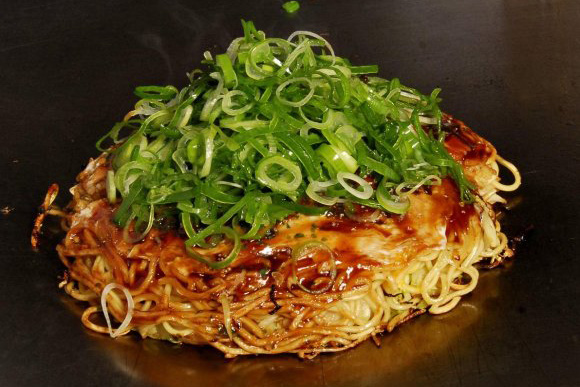
<Lunch> Own make Okonomiyaki
Taste is rather different from Osaka style. You must be deeply fascinated.
©広島県

Matsue Jo Castle (one of five National Treasure’s old castles)
Boasting of several hundred’s history its castle tower looks stout and beautiful.
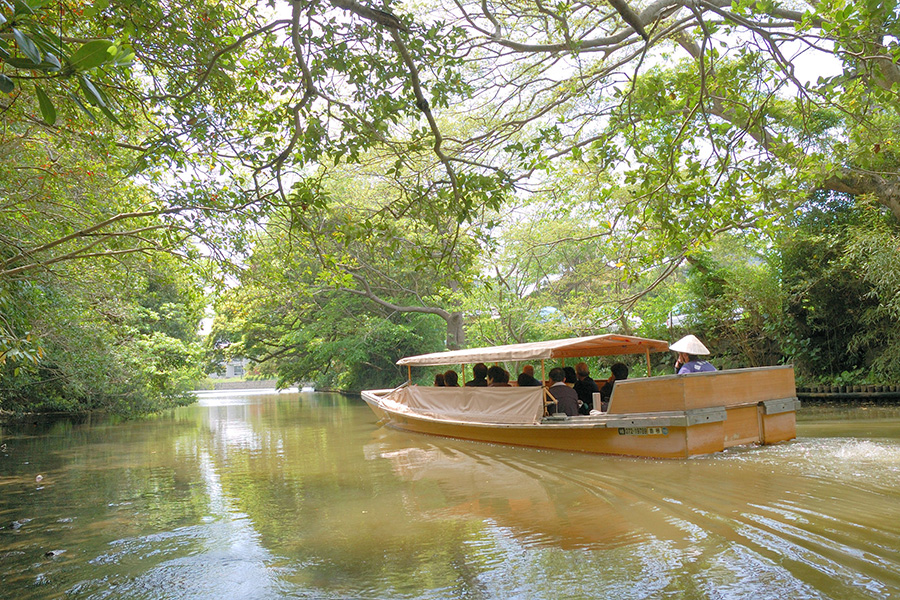
Boat cruise along the canal around the castle
You can enjoy and relax on a small sightseeing boat under the green trees.
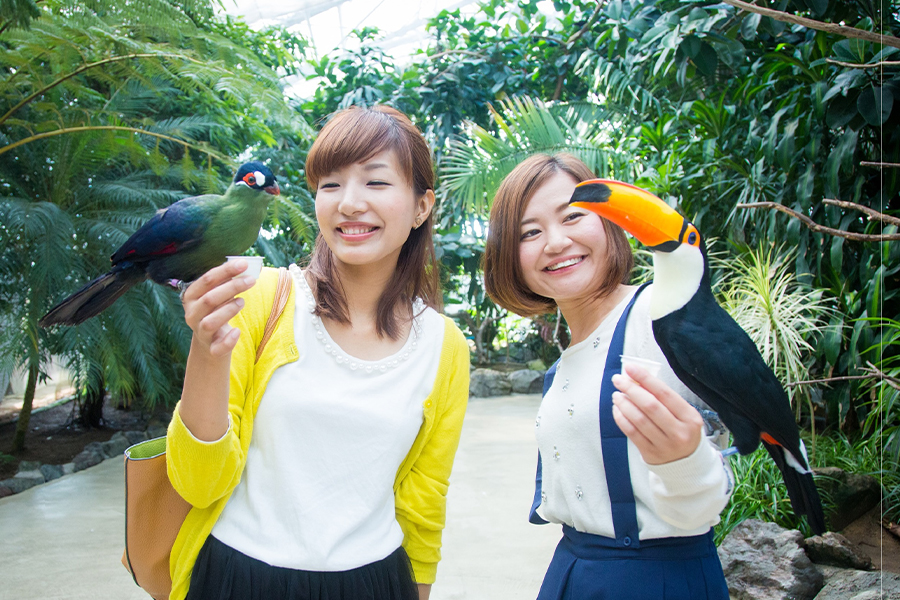
Birds petting
In a huge greenhouse filled with various trees like a jungle you can pet birds.
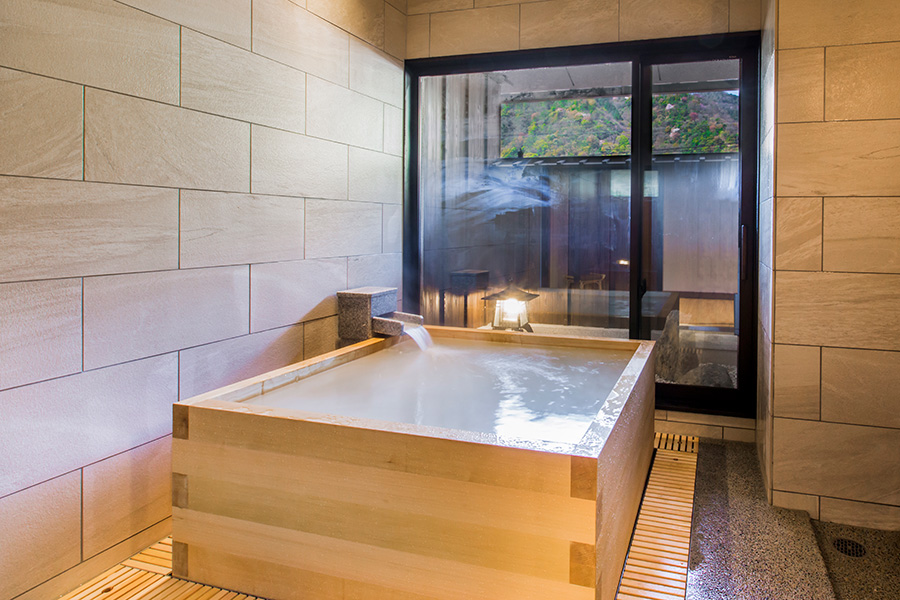
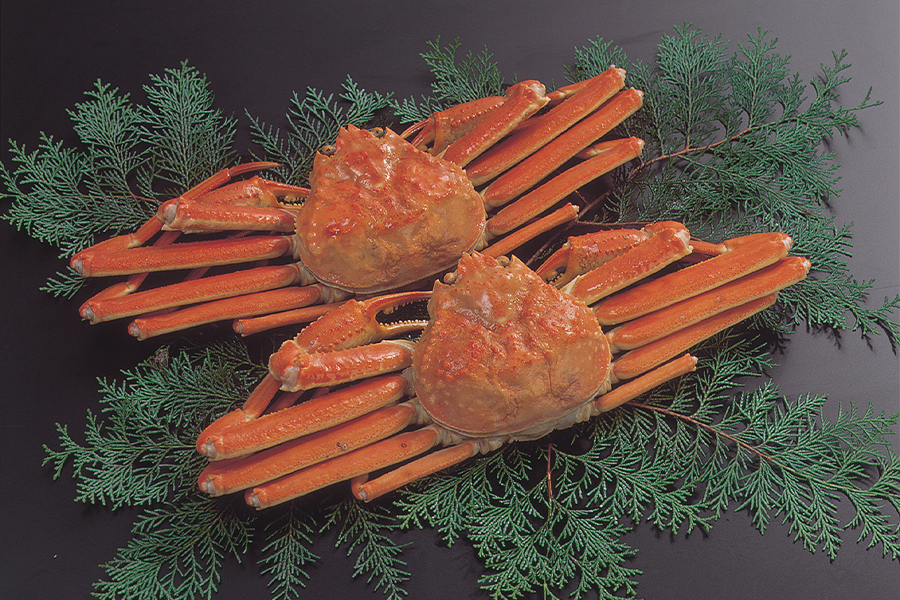
<Lodgment> Izumo hot spring <Dinner> Crab nabe (pot dish)
One of five exclusively used bath rooms is full of wood and you can be relaxed by the comfortable scent.
The same as Tottori, one of the best delicacies in Shimane must be crab.
©いにしえの宿佳雲(1枚目)
Second day
Shimane→Yamaguchi
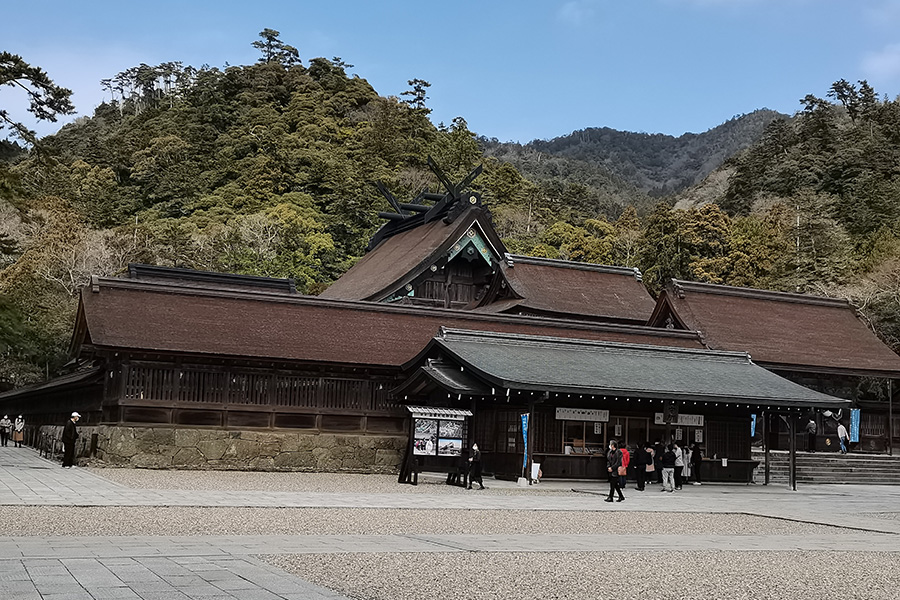
Izumo Taisha Shrine (National Treasure)
It is famous for the marriage tie’s wonder and the symbol of the Mythology Land.
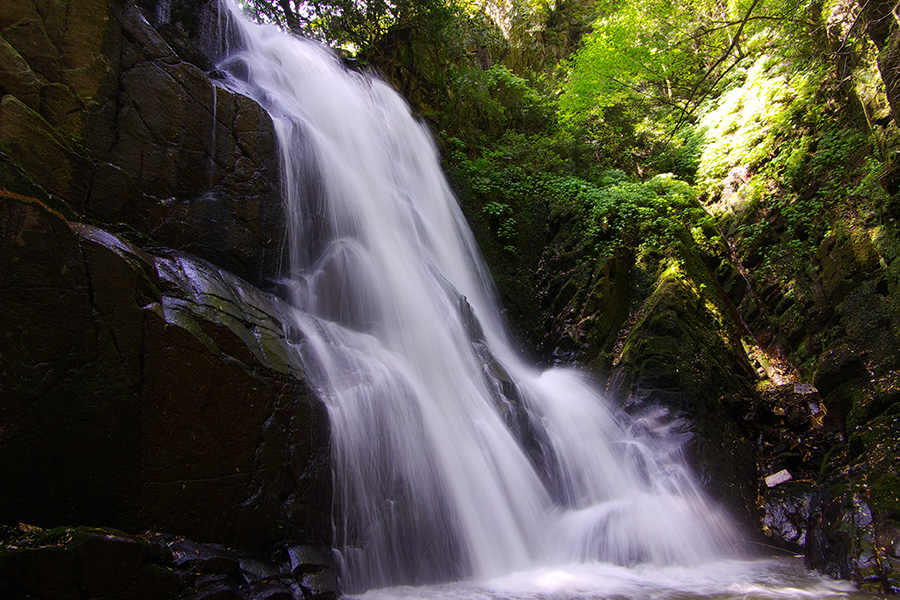
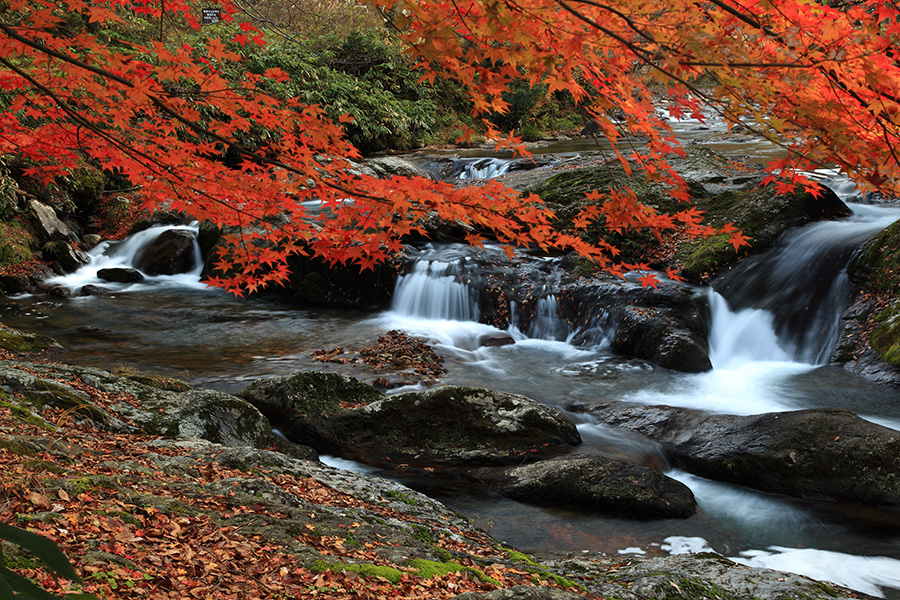
Kumomi falls or Yae falls
You can see two falls (male and female) and water sounds in the thick and silent wood.
You can see various eight falls in series and find seasonal changes of the canyon’s beauty.
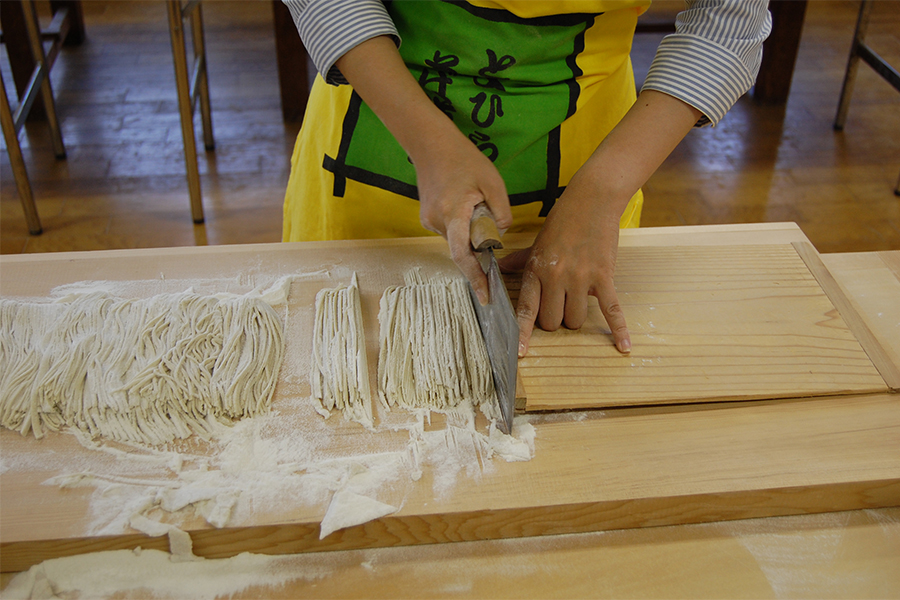
Soba (buckwheat) noodles making by hand
You can make soba noodles by hands from the soba flour with instructors’ kind and decent assistance.
©広島県
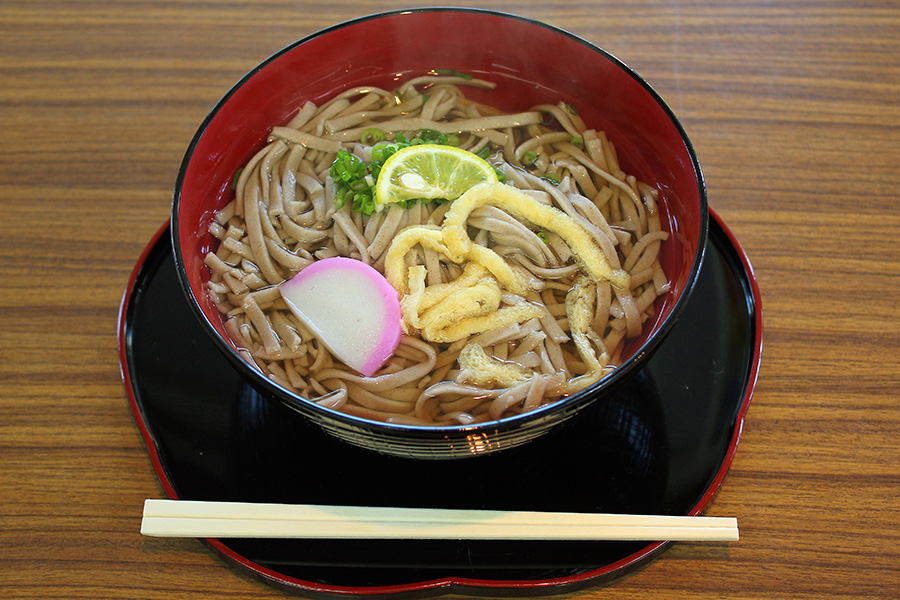
<Lunch> Own make Soba
After unexperienced struggles, the taste must be naturally quite superior.

World Heritage “Iwami Silver Mine”
It is the first mine remain designated in Asia. You can explore the ruin of driftways.
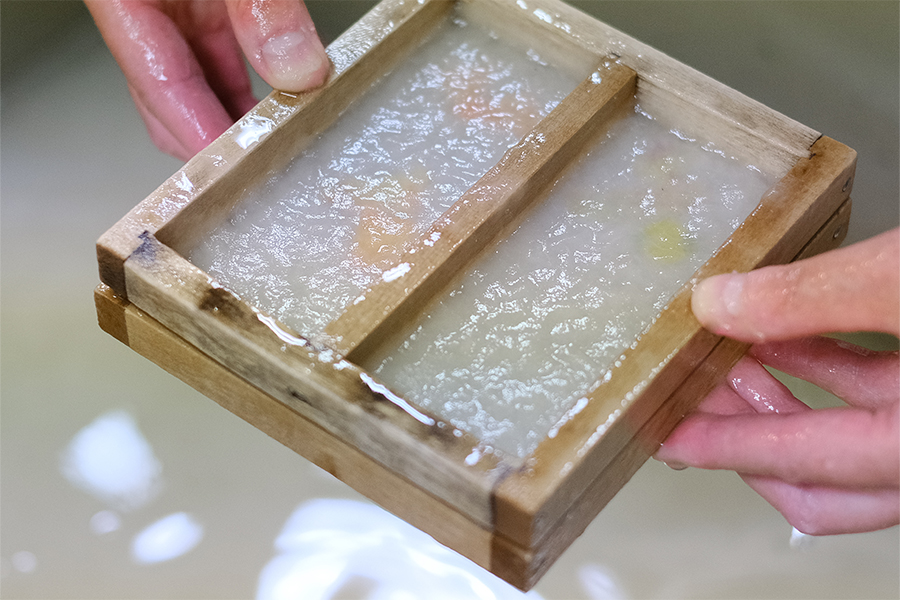
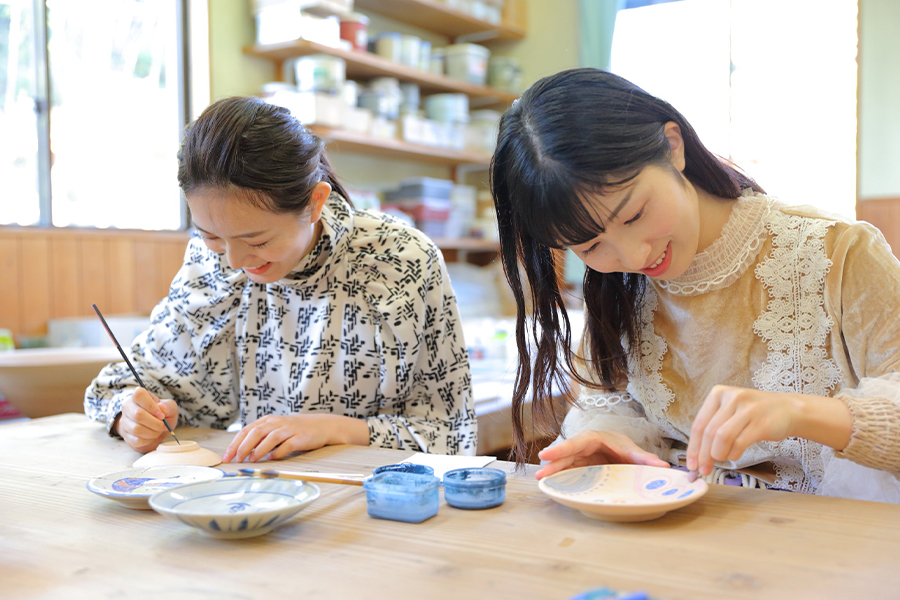
Paper making by hand or cup and plate painting
You can experience and learn the traditional paper making process by yourself.
You can paint cup or plate freely with your own imagination and inspiration.

Hori Japanese traditional style garden
You can enjoy the seasonal beauty of trees and bushes after the history of 200 years.
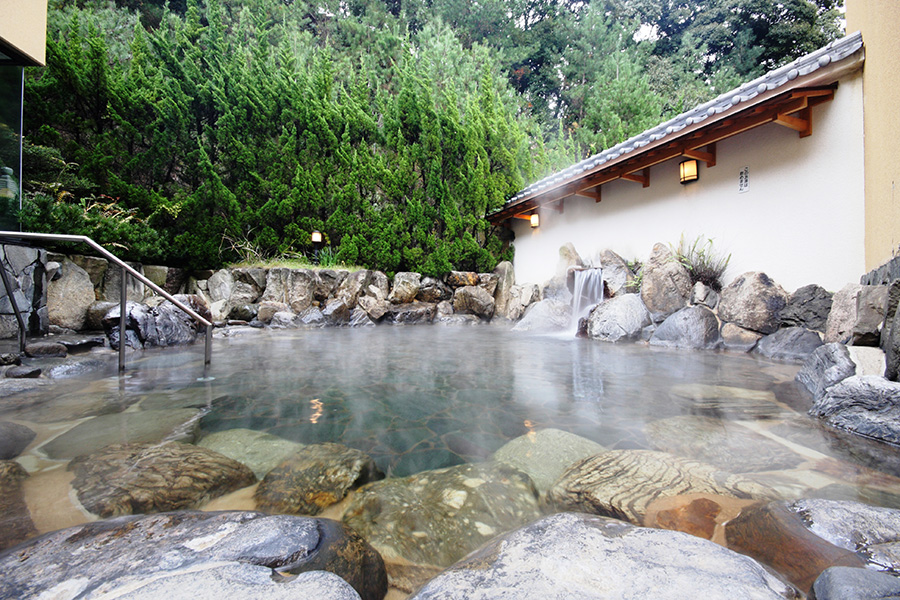

<Lodgment> Yumoto hot spring <Dinner> Fuku (blowfish)
Outside bathing space enables you to sense refreshing wind and scent of wood. A number of stars are in the sky during the night time.
One of the most famous and popular places for blowfish is Yamaguchi. Sashimi and Nabe are good, and Zosui (congee) is also strongly recommended.
©湯本観光ホテル西京(1枚目)
Third day
Yamaguchi→Hiroshima
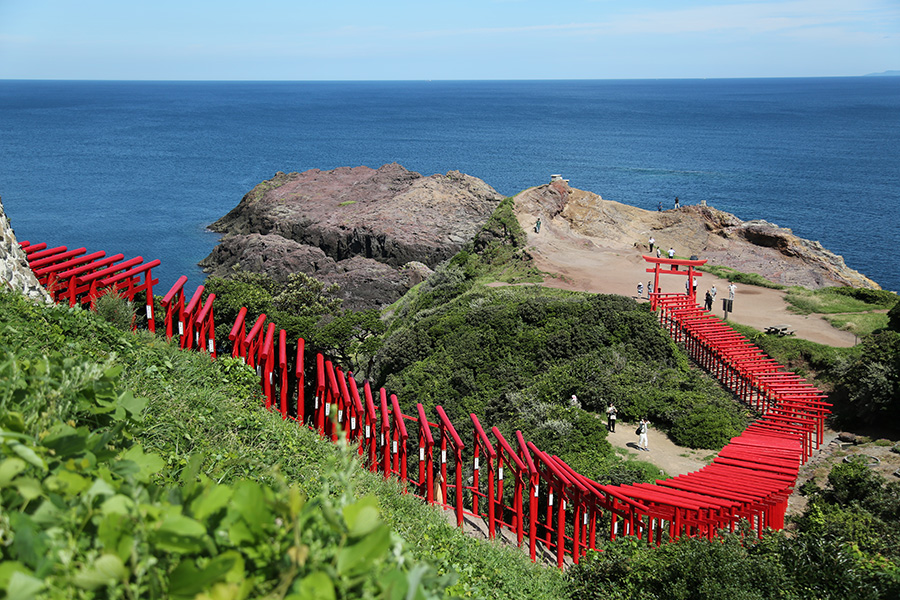
Motonosumi Shrine
The contrast of blue sea, green grass field and red gateways is so much gorgeous.
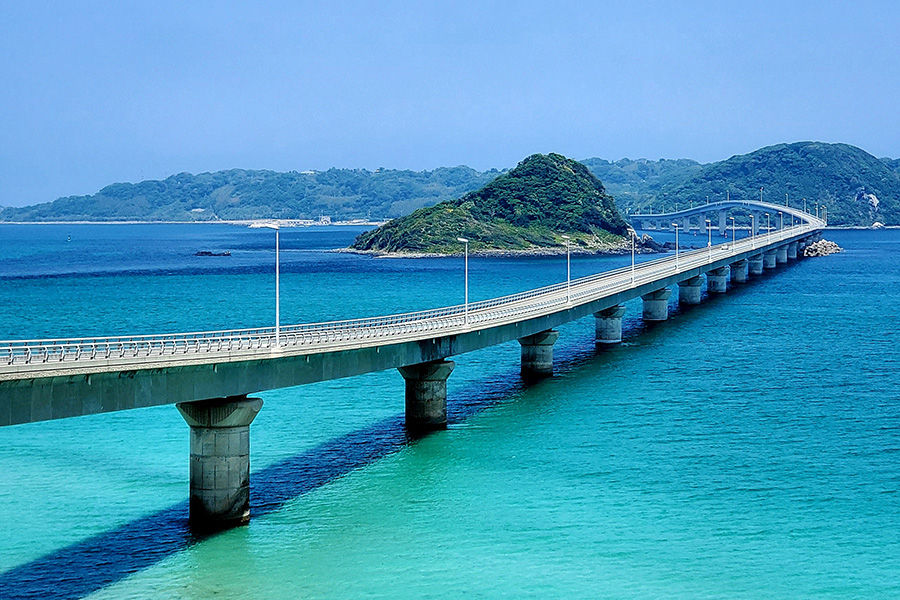
Tsunoshima Big Bridge
A very long bridge heading for a green island over the blue sea - quite magnificent.
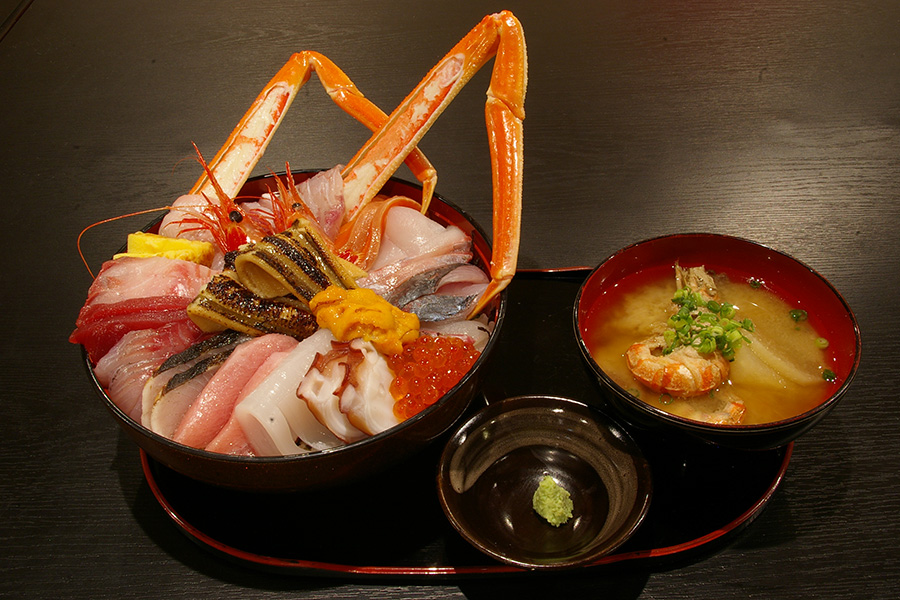
<Lunch> Seafood Donburi (rice bowl dish)
It is filled with fresh fruits of Nihonkai Sea. Crab’s feet are over edge of the bowl.
©鳥取県
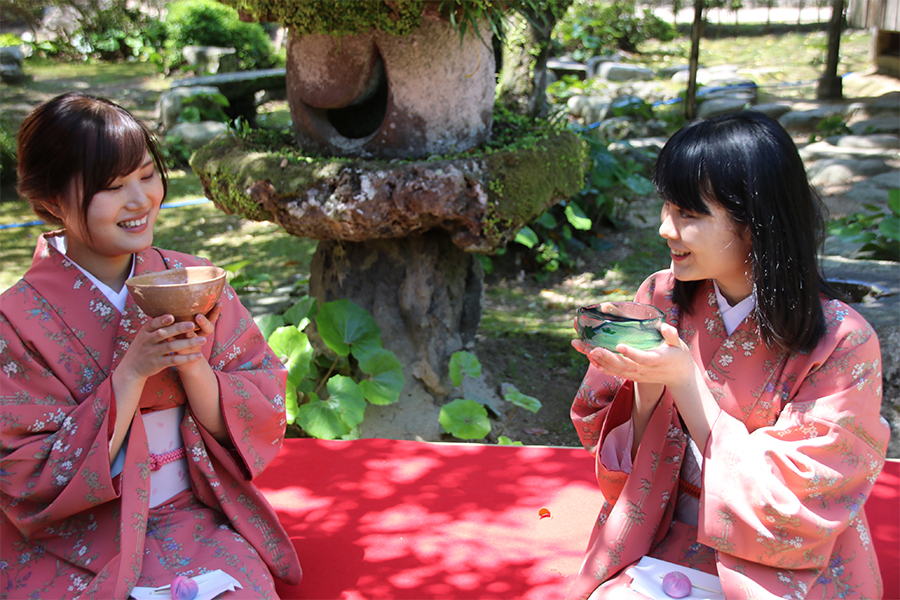

Sado (tea ceremony) experience or salt making
Sado represents Japanese traditional culture. You can try with delicious sweets.
You can learn and experience the historical way of producing salt.
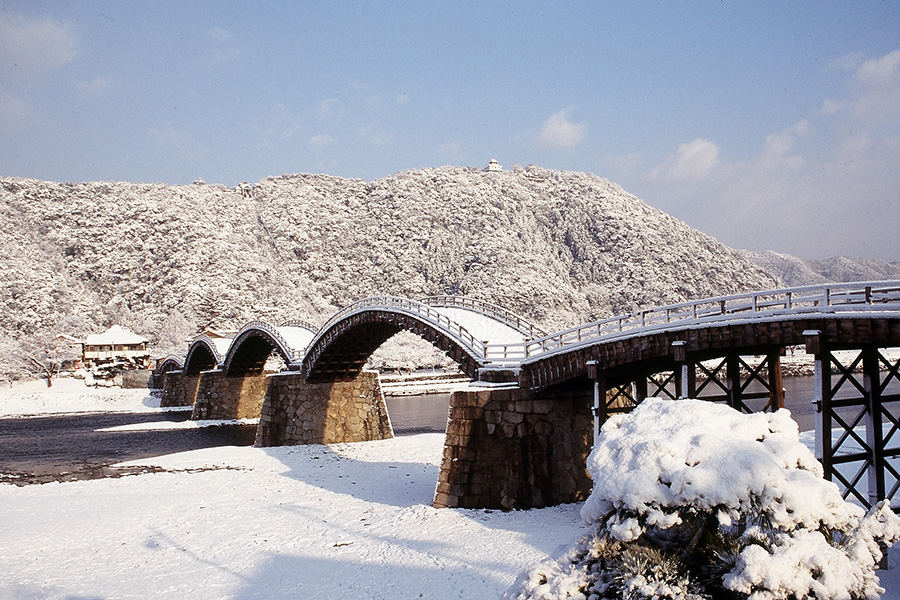
Kintai wooden bridge
It is one of the most important wooden bridges in Japan. According to the change of seasons, you can enjoy different scenery.
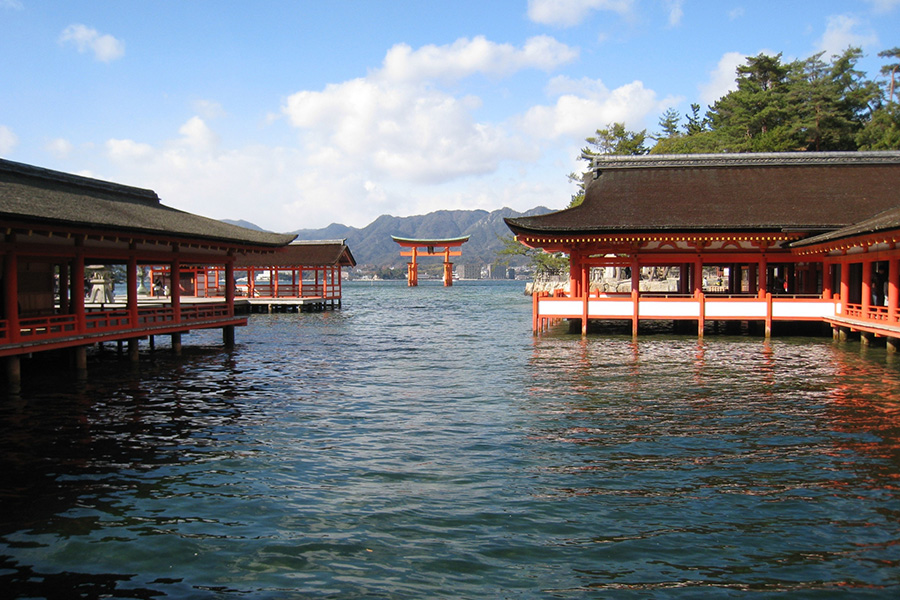
World Heritage “Itsukushima Shrine”
It was built over the sea more than 1400 years ago. It is also a National Treasure.
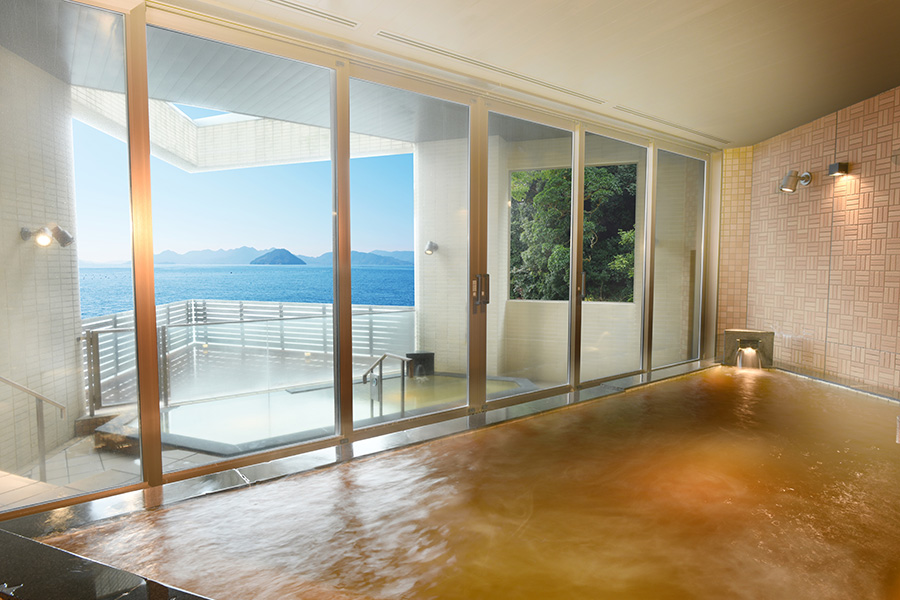
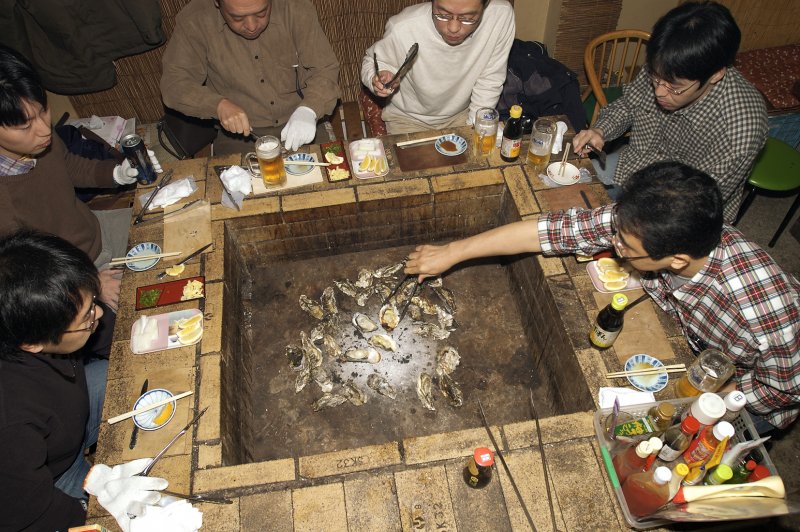
<Lodgment> Hiroshima hot spring <Dinner> Grilled oysters
From the bath room you can take a wonderful view of Seto Inland Sea.
Famous Hiroshima oyster is called “milk in the sea” and full of nutrition.
©グランドプリンスホテル広島(1枚目)
Fourth day
Hiroshima
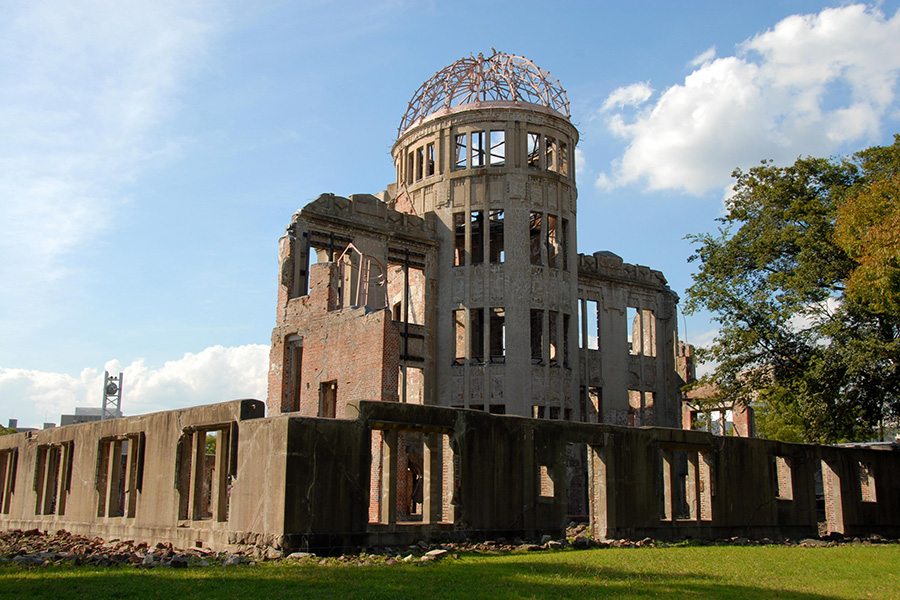
World Heritage ”Atomic Bomb Dome”
You can learn the sadness of atomic bombs and wars as well as the pricelessness of peace

Port and fighting ships
Kure port is the base of Japanese Navy. You can closely witness fighting ships.
©広島県
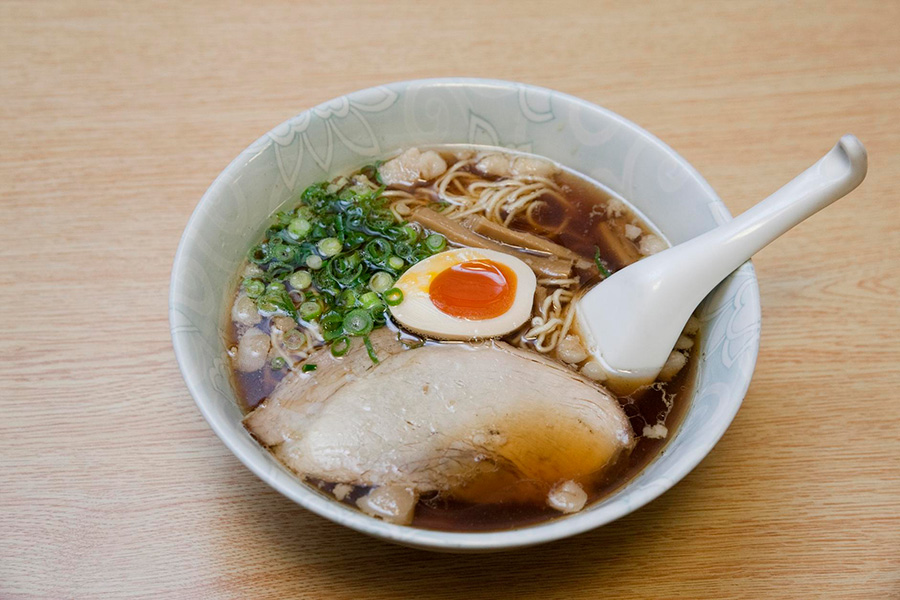
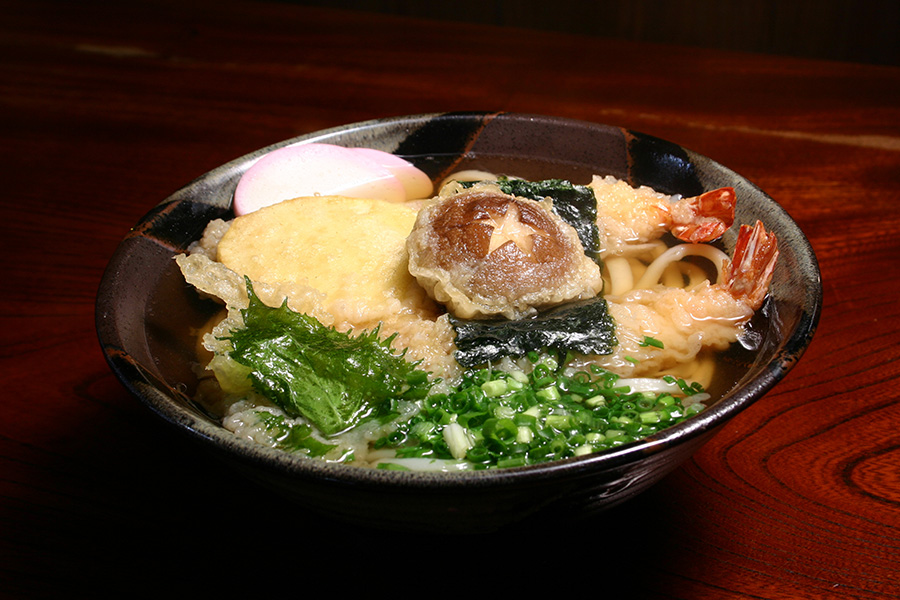
<Lunch> Ramen noodles or Udon noodles
In Japan you can taste many different types of noodles like Ramen and Udon.
©広島県(1枚目)

Fude (ink brush) making
About 80% of ink brush are produced in Hiroshima. You can try Fude making.
©広島県

Sake brewery
Hiroshima is very famous for Japanese sake brewery. You can visit some of many prestigious factories.
©広島県



